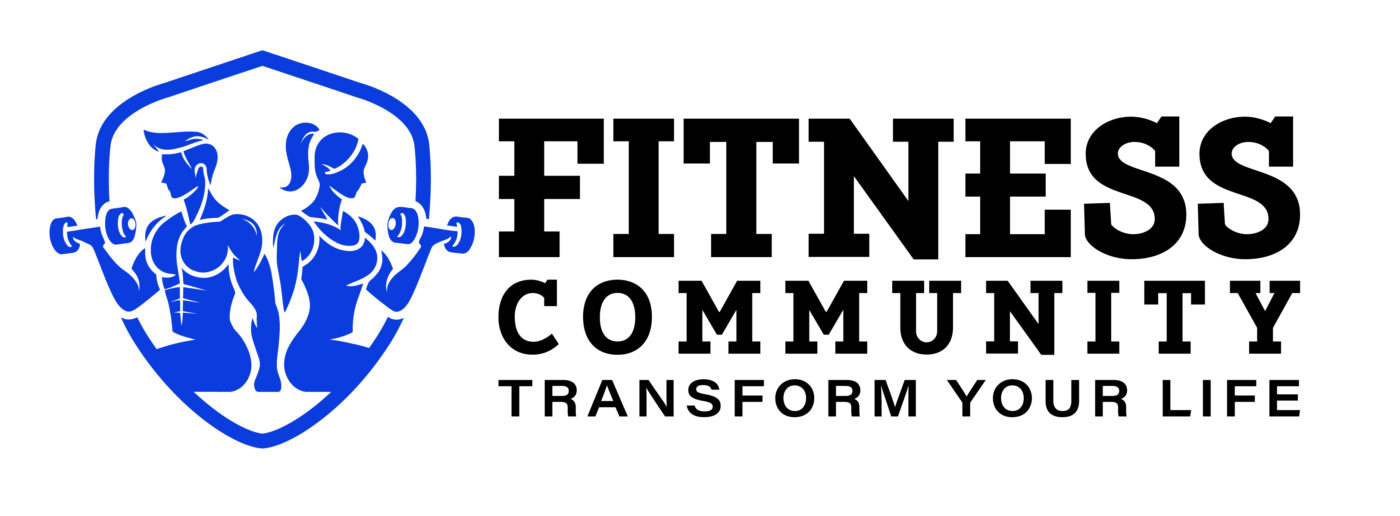HEALTH CONDITIONS AND REMEDIES
Safe Ways to Stay Active with Chronic Conditions
Movement is medicine—even when you’re managing a health challenge.
For most people, moderate-intensity physical activity—like brisk walking, cycling, swimming, gardening, or strength training—is not only safe but incredibly beneficial. The key is to start where you are, progress gradually, and tailor your activities to your specific health needs.
Before starting a new routine, especially if you have a chronic condition, it’s a smart idea to speak with your healthcare provider. Together, you can create a plan that supports your health and fits your lifestyle.
Below, you’ll find safe and effective physical activity guidance for people with common chronic conditions.
Alzheimer’s Disease & Related Dementias
Staying active may help preserve brain function, manage weight, improve mood, and promote regular sleep and bathroom habits. In those living with Alzheimer’s or related dementias, physical activity may even help slow the progression of cognitive decline.
- People with mild cognitive impairment (MCI) may be able to follow standard exercise routines.
- Those with more advanced dementia may need assistance or supervision.
- Caregivers can join in and adapt activities to make movement easier and more enjoyable.
- Several short sessions (“mini workouts”) may be more effective than one long one.
Tip: Keep it simple—walking, gentle stretching, or dancing to familiar music can all be beneficial.
Arthritis
Regular physical activity is a game-changer for managing arthritis symptoms. It reduces joint pain, improves range of motion, and boosts overall quality of life.
- Choose low-impact exercises like swimming, walking, water aerobics, or tai chi.
- Combine aerobic activity with strengthening exercises to protect the joints and improve balance.
- Don’t worry—when done correctly, exercise won’t make arthritis worse.
Tip: Listen to your body and focus on form. If a movement hurts, modify it or try a different one.
Chronic Pain
It may sound counterintuitive, but movement helps manage chronic pain more effectively than staying still.
- Start slowly and gently, especially on tough days.
- Avoid overexerting yourself on “good days”—this can lead to setbacks.
- Focus on low-impact, full-body movements that build strength, mobility, and confidence.
Tip: Pay attention to flare-ups. Rotate activities or rest specific body parts as needed. Your doctor or physical therapist can help guide you.
COPD (Chronic Obstructive Pulmonary Disease)
If you have COPD, the right kind of physical activity can help you breathe easier, strengthen muscles, and increase independence.
- Work with your doctor or a pulmonary therapist to build a custom program.
- Try gentle aerobic activity (like walking or stationary cycling) combined with breathing exercises.
- Pulmonary rehabilitation programs offer guided support, movement, and education.
Tip: Go at your own pace and take breaks. Focus on improving stamina over time—not hitting a specific number.
High Blood Pressure
Exercise is one of the best natural ways to lower and manage high blood pressure.
- Just 90 minutes a week of moderate activity can significantly reduce cardiovascular risks.
- Include both aerobic and strength training for optimal results.
- As your activity level increases, your doctor may need to adjust your medication.
Tip: Stay hydrated, avoid holding your breath while lifting weights, and warm up/cool down properly.
Obesity
If you’re living with obesity, movement is still safe, effective, and important—even in small doses.
- Start with low-impact activities like walking, water aerobics, chair exercises, or dancing.
- Go at your own pace and focus on consistency over intensity.
- Adapt exercises as needed to work around joint pain or mobility challenges.
Tip: Confidence builds with repetition. As your body gets stronger, you’ll find more movement options open up.
Osteoporosis
Physical activity helps strengthen bones, improve balance, and reduce the risk of fractures.
- Try weight-bearing exercises like walking, climbing stairs, or dancing.
- Include resistance training (such as bands or light weights) to support bone and muscle strength.
- Add balance exercises (like tai chi or standing leg lifts) to prevent falls.
Tip: Avoid high-impact or twisting movements without clearance from your doctor.
Type 2 Diabetes
Exercise is a powerful tool for managing blood sugar and protecting the heart in people with type 2 diabetes.
- Aim for 150+ minutes per week of moderate aerobic activity, spread across the week.
- Add muscle-strengthening workouts at least twice a week.
- Monitor blood glucose before and after activity.
- Wear proper footwear to prevent injury, and inspect feet daily.
Tip: Start with a daily walk after meals—it’s one of the best ways to lower blood sugar naturally.
Your Next Step: Build a Movement Routine That Works for You
You don’t need to follow a strict routine or hit the gym seven days a week to get results. What matters most is finding movement you enjoy and doing it consistently.
Here’s how to start:
- Talk with your doctor before beginning a new exercise plan.
- Start slow—5 or 10 minutes at a time is perfectly okay.
- Explore different types of movement (walking, yoga, water aerobics, resistance bands, etc.).
- Set realistic, meaningful goals.
- Celebrate progress, not perfection.
Remember:
Movement isn’t about doing it all. It’s about doing what you can—and building from there. Every step counts toward a stronger, healthier you.

